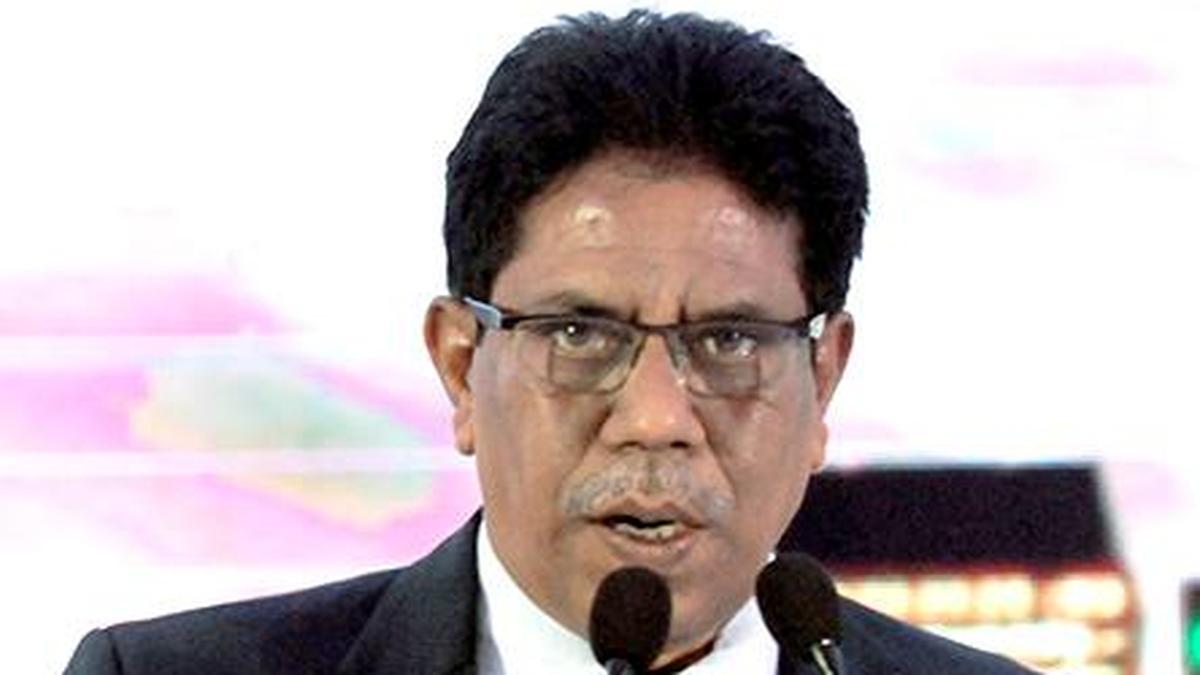The State government has made several amendments to the building rules as part of various measures to ensure ease of doing business as well as to reduce the difficulties faced by the common people in getting permits. Announcing the major changes at a press conference here on Wednesday, Minister for Local Self Governments M.B. Rajesh said that the changes were made considering the issues that came up in the district-level adalats, based on which a 14-member committee had conducted wide-ranging consultations with various stakeholders.
A significant change is the expansion of the low-risk building classification, which will enable immediate allocation of a self-certified building permit. Currently, only two-storey residential buildings up to 300 sq m area with a maximum height of 7 metres are included in the classification. As per the amendment, the height limit has been removed, making almost 80% of residential constructions eligible for building permit within minutes of applying. The change was made considering the complaints received in the adalats that quick permits cannot be secured now for many two-storey houses because of the height restriction.
Commercial buildings’ case
For commercial buildings, the maximum area for self-certified permit has been increased from 100 sq m to 250 sq m, making many medium-sized enterprises eligible for immediate permit allocation. The same has been made applicable in the case of buildings of area up to 200 sq m coming under the Pollution Control Board’s white and green categories. To cut down on delays in securing permits for buildings which are not in the low-risk category, site inspection before construction can be avoided if the validity of the application can be ascertained through digital methods. However, on completion of construction up to plinth-level, site inspection will be conducted and in case of violations, the permit will be frozen and action initiated against the owner and the licensee.
The Floor Space Index (FSI), the ratio of total built-up area to area of the plot, for government-owned IT parks has been increased from 4 to 7, while the coverage area has been increased from 60% to 70%. The same amendments will be made applicable for all constructions within zones notified as transit-oriented development and central business district.
Must for govt. buildings
The maximum distance from un-notified roads to residential constructions up to 100-sq m area in plots of up to two cents has been reduced from 2 metres to 1 metre. Building permits have been made compulsory for government buildings too, considering several cases of such buildings with various rule violations.
The category of buildings which can be cleared for construction by the local body secretary without the clearance of the district town planner has been expanded. Hospital buildings up to 6,000 sq m (currently up to 1,500 sq m), industrial buildings up to 3,000 sq m (currently 1,500 sq m), storage buildings up to 8,000 sq m (currently up to 6,000 sq m) and hazardous category buildings up to 500 sq m will get the benefit of this amendment. The need for securing the chief town planner’s clearance for some category of buildings has also been done away with.
Permit transfer
With the liberalising of permit transfer norms, the validity of the building permit will not be affected even if a part of the remaining land is handed over to another party. The existing rules had made the permit invalid in the cases where the owner wanted to sell a part of the land or transfer it to a relative.
The exemptions currently available for residential constructions have been expanded to include small-scale businesses such as flour mills, food processing units and bakeries up to 100 sq m and pain and palliative care units up to 300 sq m.
For turfs, courts
A new category of ‘Group D1 – Recreational constructions’ with fewer restrictions has been introduced for turfs and game courts as a measure to promote sporting activities. The front set-back for small-scale industrial units of up to 200-sq m area under the G1 category has been reduced from 3 metres to 1.8 metres while the set-back on the sides and behind has been reduced from 2 metres to 1 metre. The minimum height for the rooms in such constructions has been reduced from 3.6 metre to 3 metre.
Parking requirements
The fees for extending the permit validity period has been halved. At least 25% of parking facilities for buildings should be provided in the same plot, while the remaining 75% can now be accommodated in a plot within a 200-metre distance. For hostels of educational institutions, parking facilities need to be provided for only 50% of the residential capacity. If the hostel is in the same compound as the institution, this area needs to be only 25%. In the case of old age homes, seminaries, convents and orphanages too, parking needs to be provided for only 25% of the residential capacity.
New constructions should ensure children-friendly toilet facilities. Sheet roofing has been allowed without the need for any extra permits for houses up to three storeys. The restrictions for revised permit applications and regularisation have been liberalised.
Published – October 29, 2025 04:48 pm IST




